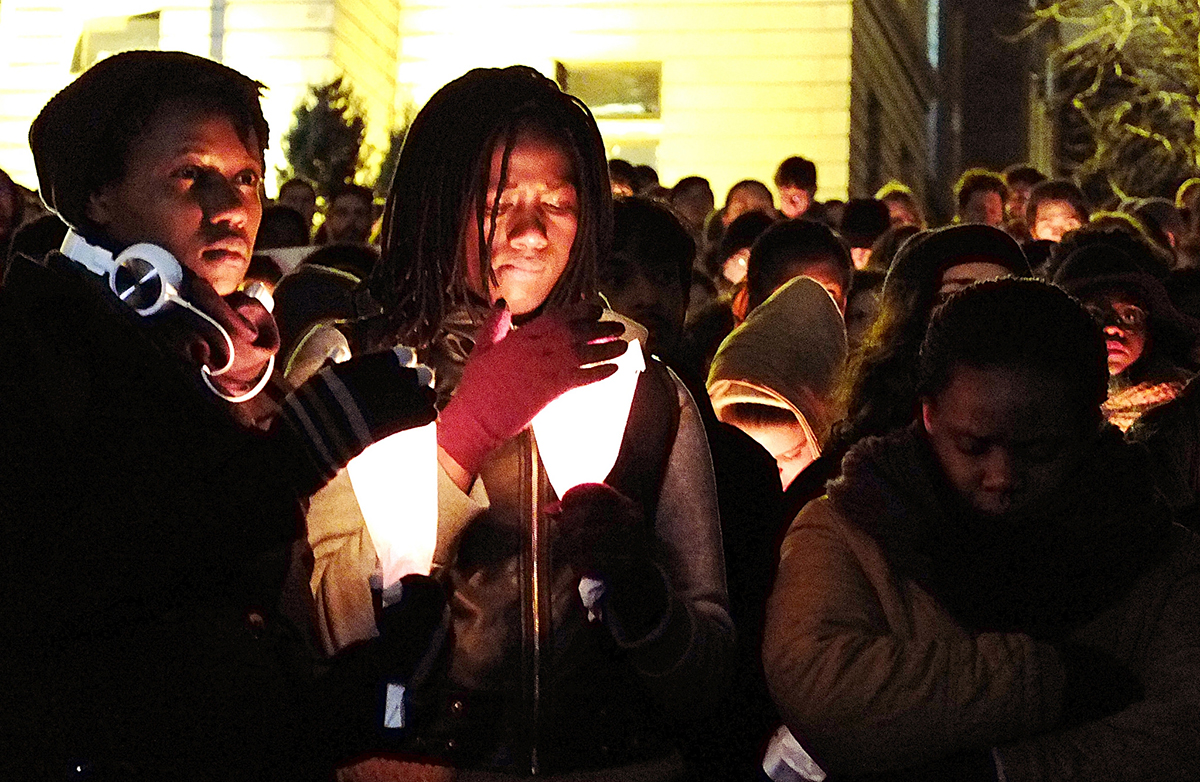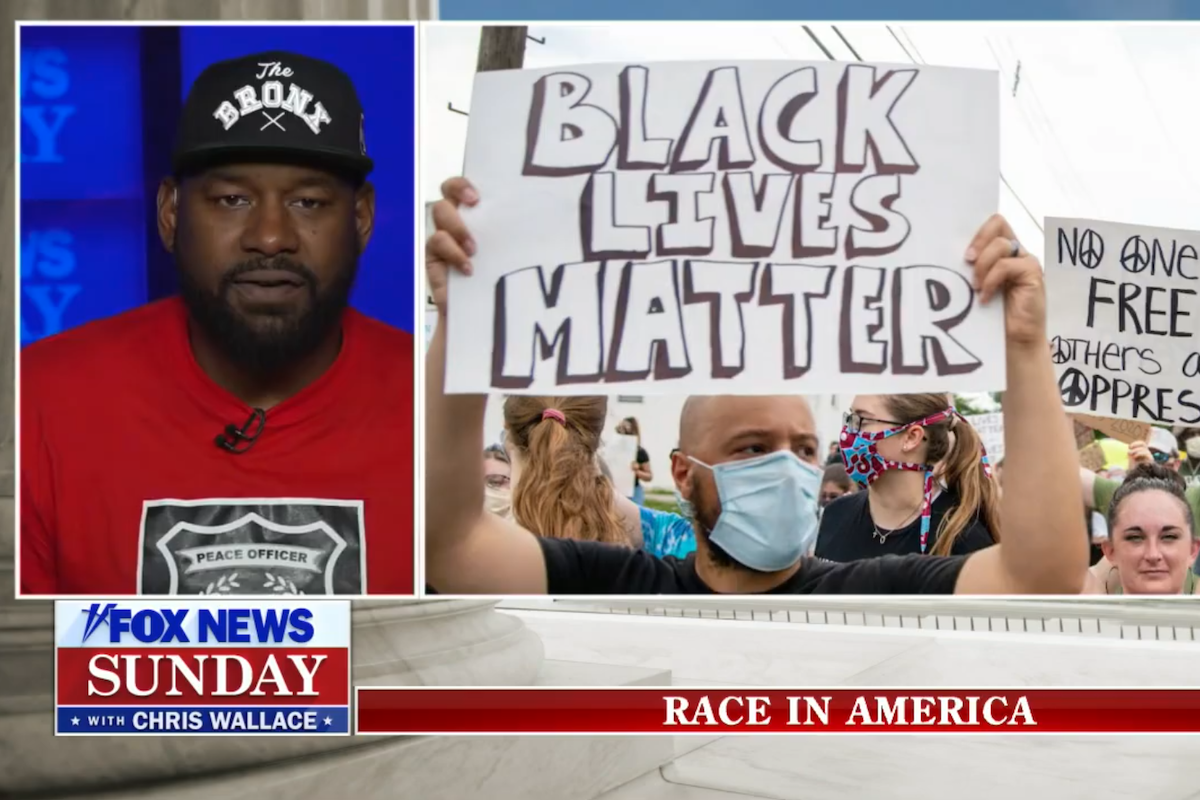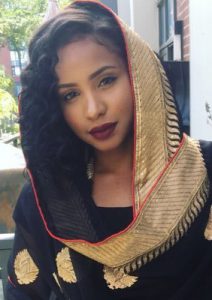Activism
The Rise and Decline of Black Lives Matter: A Toronto Case Study
BLM-Toronto arguably was not equipped to handle its own success, as the group had no established source of funding or institutional infrastructure.

In July 2016, the Toronto chapter of Black Lives Matter brought the city’s world-famous Pride parade to a halt. BLM supporters staged a sit-in to protest Pride Toronto’s alleged ‘anti-blackness.’ The parade restarted only after the organizer hastily signed a document containing a long list of demands, including the removal of official police floats from future parades. BLM had taken on one of the most prominent civic events on Toronto’s annual calendar, and won.
Two years later, it’s a different story. During the 2018 Pride festivities, BLM did not take part in the main parade, opting instead for the less popular, more overtly political Dyke March and Trans March.
The move symbolizes a larger trend. Scan BLM’s media mentions across North America, and a pattern emerges: a spike in mentions during the group’s early protests in 2015 and 2016, followed by a steep decline in 2017, which has continued into 2018. This is a group that, not so long ago, could force politicians to walk back declarations that “all lives matter” (a slogan that was seen as a bad-faith effort to dilute BLM’s main message). How did BLM fall off the radar so quickly?
As a Toronto-based journalist, I have been asking questions about BLM for a while now, and have earned my share of abuse as a result. Since the group’s inception on July 13, 2013—five years ago today—progressive journalists generally have been hesitant to criticize BLM’s standoffish tactics and radicalized leadership.
The group’s legacy has been divisive; thanks to BLM demands, uniformed Toronto police are not permitted to march in Toronto’s Pride parade, a policy of exclusion that has caused some politicians to stay away from Pride in solidarity with police. As BLM tries to prevent itself from sliding into obscurity, it’s worth analyzing how the group rose, and how it fell, if only to better understand the real needs of disadvantaged urban communities.
BLM originally took form in reaction to the killing of black men, including the 2012 shooting of Trayvon Martin in Sanford, Fla., by George Zimmerman. In 2014, attention shifted to Ferguson, Mo., after a white police officer killed a black teenager named Michael Brown. The resulting unrest lasted nearly two weeks, with BLM issuing demands for civilian police oversight, as well as the “demilitarization” of police forces across the country. Despite controversy over the circumstances of Brown’s killing (the officer in question was not prosecuted), the protests drew attention to systemic problems that afflict police forces in many parts of the United States—including poor training, aggressive procedures, and an apparent focus by officers on the activities of black men.
BLM chapters began to form in cities across North America. While these groups tapped into the same hashtags and broad sense of outrage, each was free to fashion itself according to local community needs. In Toronto, where I live, the local chapter was founded by Janaya Khan and Yusra Ali (also known as Yusra Khogali), following the 2014 killing of a 33 year-old black man named Jermaine Carby at a traffic stop. In 2015, BLM-Toronto asserted itself prominently in the protests that followed the killing of Andrew Loku, a mentally ill father of five.
Carby and Loku were both said to be holding weapons when they were shot. Carby allegedly had a knife while sitting in the passenger seat when the car he was traveling in was pulled over, while Loku is said to have had a hammer and was threatening the police inside his apartment building in the aftermath of a 911 call. The conflicting accounts of these incidents polarized Toronto residents, who were split between their support for law and order, and sympathy for a black community that, as in the United States, is disproportionately involved in violent confrontations with police officers.
But Toronto is no Ferguson. Its police services have made strong efforts to create a diverse constabulary that represents the population they serve (though work still remains to be done), and are well-trained in de-escalation techniques. In April, Toronto police constable Ken Lam won worldwide acclaim when he was captured on camera, refusing to shoot a man who had plowed a van into pedestrians on a busy street, even after the killer emerged from his vehicle claiming to have a gun. Diversity training is a big part of officers’ ongoing professional development in Toronto. In fact, some police officers I’ve spoken with say that it sometimes interferes with their core mission to protect residents.

“We are sometimes so afraid of being perceived as racists that we often lean towards letting black motorists off [with] warnings,” a white officer told me recently. “Officers are very much conscious of the appetite of this city’s media for a ‘dirty cop’ story. This can, and does, manifest in lower level offenders being released unconditionally instead of being charged. Staying off YouTube and avoiding human rights complaints is as high a priority now as maintaining our physical safety.”
The officer makes a confession: “I personally have made decisions not to charge an individual for a traffic infraction because the driver was black.”
Such accounts are anecdotal, and I have no way of confirming them. But the general complaint one hears from rank-and-file officers I’ve spoken to is that the genuinely unprofessional behavior of those few police who have been suspended for misconduct has made it more difficult for the good cops to do their jobs.
BLM has helped focus attention on legitimate concerns about the training and culture of North American police forces. Thanks to the increased scrutiny on police everywhere (in part because of the increasing use of video to document encounters), we know that officers often use dehumanizing terms such as “a clean shoot” to describe the killing of suspects who are seen as threats to public and police safety. Moreover, it’s reasonable to ask why municipal police departments are brandishing military-grade vehicles and weapons—a phenomenon that raises concerns not only among black community activists but also civil libertarians.
Toronto police have had military-style vehicles for years, and recently have added the C8 carbine to the arsenal available in squad cars. The visuals associated with such military-style weaponry do little to discourage the idea that black neighborhoods are under siege by those mandated to serve and protect them.
While Toronto’s poorest black neighborhoods are located far from downtown, the immediacy of social media has helped bridge this geographical distance. And BLM-Toronto has brought its physical protests into the city’s wealthier districts. When BLM-Toronto blocked traffic on a busy street in July 2015, it made front-page news. When the group organized a sit-in at the Toronto Police Headquarters for two weeks, Ontario’s then-Premier, Kathleen Wynne, responded by declaring that there is “systemic racism in our society.” These were real wins for the Toronto black community, which often gets ignored by reporters except when they are reporting on violent crime.
But BLM-Toronto arguably was not equipped to handle its own success, as the group had no established source of funding or institutional infrastructure. Its grass-roots structure was the source of its perceived authenticity, but also its lack of professionalism.
Even its authenticity seemed questionable to some. One leading BLM member was accused of orchestrating a fraudulent severance package, worth almost CA$300,000, when she left her position as executive director of the University of Toronto’s Student Union. The case was eventually settled, with the individual being required to pay back an undisclosed amount to the union. But the spectacle surrounding an overpaid campus apparatchik caused embarrassment to a group that was supposed to represent one of the city’s most socioeconomically disadvantaged communities. BLM’s 2016 conflict with Pride Toronto also needlessly alienated many potential allies. Pride Toronto had given BLM a place of honor in that year’s parade, and many volunteers felt betrayed when the activist group hijacked the event for its own purposes.
That very public confrontation marked a turning point in the way Torontonians talked about BLM. On Twitter, activists suddenly were told they had to close ranks and support BLM unconditionally. And members of the LGBT community who opposed the 2016 protest often were shamed as racists. While Pride Toronto is itself a highly progressive organization, the issue of BLM’s behavior during the 2016 parade caused it to become politically sub-tribalized.

My attempts to interview BLM-Toronto leaders for this article were unsuccessful. Which perhaps was foreseeable: Last year, I wrote a Huffington Post column urging the resignation of BLM-Toronto co-founder Yusra Khogali following the disclosure that she had tweeted in 2016: “Plz Allah give me strength to not cuss/kill these men and white folks out here today.” Khogali also wrote that “Whiteness is not humxness,” “white skin is sub-humxn,” and “White ppl are recessive genetic defects. this is factual.” In the blowback from that column, I was instructed by (mostly Caucasian) activists to understand that it was Canada’s white supremacist system that lay behind Khogali’s rage; and that even if she engaged in what is technically hate speech, the historical dynamic between blacks and whites gave her hyperbole a moral truth that I just had to accept.
Despite such controversies, plenty of members of Toronto’s black community do continue to laud and support BLM. Adhimu Stewart, a Toronto hip hop artist, writer, and adult film actor, tells me the group is a “much needed wake-up call for a lot of smug and self-absorbed Canadians unaware of oppressions still faced by various non-European cultures and communities.” Consistent with BLM claims, he believes we are living within a white supremacist culture, and that “generational trauma [is] still ignored by all levels of government.” He says, “No [Prime Minister] or Premier has ever consistently and respectably addressed the black community in Canada, and I don’t feel they are willing to share power with a pro-black party on a provincial or national level.” (Khogali herself once called Prime Minister Justin Trudeau a “white supremacist terrorist.”)
As with any community, Toronto’s black residents don’t speak with a single voice. Older and more conservative black residents, especially business owners, often are more inclined to give the police the benefit of the doubt. According to U.S. author and conservative web host Taleeb Starkes, BLM leaders have difficulty understanding that not everyone in the community applauds their message.
“They don’t like black people who do not fit inside the image that conveys struggle and injustice,” he tells me. “They assume that because I criticized Black Lives Matter, I’m a sellout who doesn’t live in the hood, has a white wife, never been to jail, and [is] sponsored by the Republican Party. The thing is, I still live in the hood in Philly, my wife is black, [and] I’ve been to jail.”
Starkes, an admittedly fringe figure within black American politics, drew the ire of BLM after his book Black Lies Matter was published in 2016. He argues that the group actually contributes to a negative societal image of black communities by demonizing all police officers, especially in the immediate aftermath of police shootings. There is a clear moral contradiction when a group demands that blacks not be subjected to prejudice, but then makes negative generalizations about an entire profession.
“Police shootings are the low hanging fruit,” he says. “Even when the facts are unclear, the modus operandi is to blame systemic racism…Well, I’m a black person in America, and I don’t agree with that at all.”
Frances Bradshaw, a black conservative political consultant who has worked behind the scenes in Ontario politics for many years, tells me that, as a staunch supporter of civil rights and someone who had endured racism personally, she applauded the emergence of BLM.
“I believe that if my husband were to be killed by police, the only organization who would speak up would be BLM,” she tells me. “But I also know that [the group] has been short-sighted in [its] actions beyond activism.”
Being decentralized and informally organized, BLM has difficulty separating its brand from online extremists who operate under the group’s hashtags. These include the handful of Twitter users who sent me violent threats after my name was circulated on BLM threads—this coming on top of the various media posts calling me a racist, a white supremacist, and a Nazi. To make matters worse, David Duke had tweeted out my piece, and Chuck D, of the legendary hip hop group Public Enemy, said my work was the product of a “sad 500-year track record [of] white males in world leadership.”
BLM had become used to receiving almost entirely positive coverage from the progressive media. When Khogali was caught tweeting out her unsettling comments about killing “white folks,” mainstream Toronto outlets responded mostly by fretting that—as Khogali put it—“the noise surrounding this tweet has also drowned out the discussion we sought to spark about the black lives of those who have died at the guns of police in this country.” This is part of a broader pattern, by which (no doubt well-intentioned) journalists bend over backwards to excuse even the most radical-seeming gestures from BLM (or antifa) protestors, in deference to the social-justice overtones of their cause.
But as Coleman Hughes put it in a recent Quillette column, “What happened to your parents, grandparents, or fellow tribe members is supposed to be left at the door when it comes time to judge your actions. We do not give Jewish writers free rein to incite hatred against German people because the former’s grandparents were murdered by the latter’s.”
One of the reasons BLM shot to prominence so quickly in Toronto is that it seemed to fill a need for a vocal, high-profile group representing the interests of Canadian blacks. Canada has no real equivalent of the NAACP, though there are some efforts to create something like it. BLM leaders could have taken advantage of their moment, and embarked on a PR campaign to support research and grants for disadvantaged communities, and created active partnerships with left-of-centre politicians. But instead, BLM-Toronto’s leaders chose to focus on promoting an uncompromising message through street protest and online manifestos. It was a workable strategy only for so long as journalists remained interested in providing it with a consistent signal boost. But as with all stories, the media eventually moved on.
Moreover, BLM-Toronto’s public statements often seem drenched in avant-garde jargon that have no connection to the majority of black community members; or, indeed, to anyone who is not a critical-race academic. BLM-Toronto activists, for instance, reportedly have received a grant from The Groundswell Fund for the Black Lives Matter Toronto Freedom School, which will be “a three-week program for children aged four to ten. The purpose of the project is to respond to a lack of humanizing, self-affirming, queer-positive educational opportunities for Black children in the GTA…The program is designed to teach children about Black Canadian and diasporic history, to engage children in political resistance to anti-Black racism and state violence through a trans-feminist lens, and to offer children an entry point into the #BlackLivesMatter movement.” Many black parents have complaints about public education in Toronto. A lack of “trans-feminist” perspectives is not known to rank highly among them. (No details are available as to when the program will start up.)
Other BLM-Toronto amenities listed on the group’s web site include the creation of a Black Liberation Collective, “consisting of Black students who are dedicated to transforming institutions of higher education to eliminate anti-Blackness,” and a matching service to provide event organizers with BLM-affiliated speakers. Khogali herself still seems to be in demand, despite the controversy over her tweets. Earlier this year, she received a government-administered Award for Young Women in Leadership. Upon receipt, she raised her fist and declared, “We are still living in an anti-black city.”
Is Toronto really an anti-black city? As in many parts of North America, the data certainly suggest that the city’s blacks are, on average, poorer than their white counterparts. Moreover, blacks account for only 9 percent of Toronto’s residents, yet comprise 35 percent of those killed in deadly encounters with police since 2000. Whether or not these problems originate primarily with bigotry, Toronto’s black community would be well-served by coalitions organized to find solutions. But BLM Toronto’s leaders have shown they are more interested in protesting problems than partnering with others to solve them.






